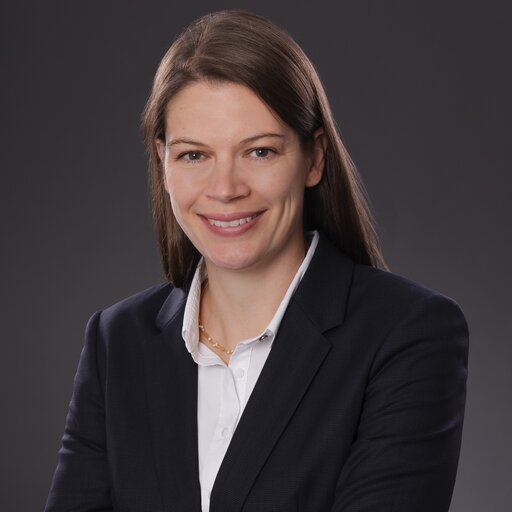The 6G vision “Beyond Cellular” includes new concepts and technological approaches to network architectures that go beyond the static and cellular network architectures of the past. In addition, the expansion is taking place in the direction of heterogeneous 3D network components (LAPs, HAPs, satellites). This includes organically changing communication networks in which different network components act autonomously. Central foci are the design of LAP-based radar detection and communication, efficient information exchange between distributed network components and orchestration, and the operation of dynamic infrastructure-free networks. For moving networks, concepts for network adaptation and network optimization as well as adaptable ML concepts for highly dynamic, heterogeneous 3D environments are explored. In addition, network concepts such as body-area networks (BANs), machine, robot, and vehicle networks are considered, which can embed themselves in a central infrastructure. Examples of innovations include low-power event-based communication and URLLC concepts to support control and decision-making processes. The deployment and development of ML-based concepts in highly dynamic, flexible configurations is done in critical consideration of performance in the overall system, algorithmic complexity, and training complexity.
Project goals
- Requirements overview, concept design and metrics for organic infrastructure-free networks and network extensions in 6G.
- Technologies for the formation, orchestration and operation of dynamic infrastructure-free networks or network extensions
- Methods for efficient and reliable communication in organic networks (compression, interference management, coding, energy optimization)
- Optimized methods of LAP-based radar detection and communication in organic networks
- Analysis of network architectures and network optimization methods, e.g. networks as realization of organically growing network accumulations
- Statements on the suitability of nomadic networks as critical infrastructures
- ML-based PHY methods for the prediction of interference and link qualities
- Ultra-low latency concepts for embedded networks
- Methods and procedures of event-based communication
Role in project
- Development of new network concepts and methods (architectures, technologies, evaluation metrics)
- Transfer of promising approaches to the experimental field “Beyond Cellular” for prototypical implementation
Results and achievements
- Discussions on ML-based prediction of link qualities started, first ideas evaluated
- First mathematical-theoretical models of event-based communication developed
Contacts

Prof. Armin Dekorsy
Head

Dr. Dirk Wübben
Domain Expert

Dr. Carsten Bockelmann
Domain Expert

Prof. Anke Schmeink
Domain Expert